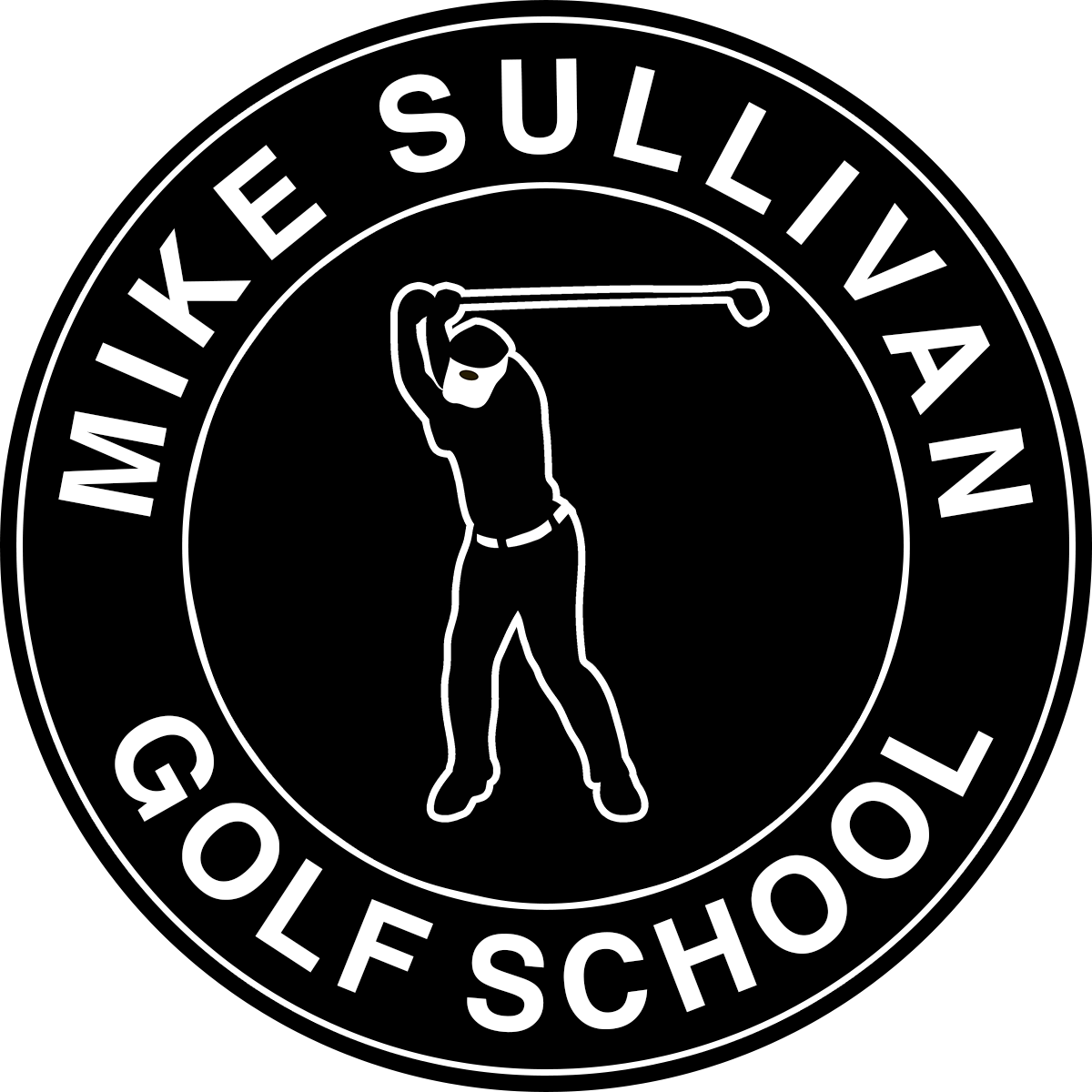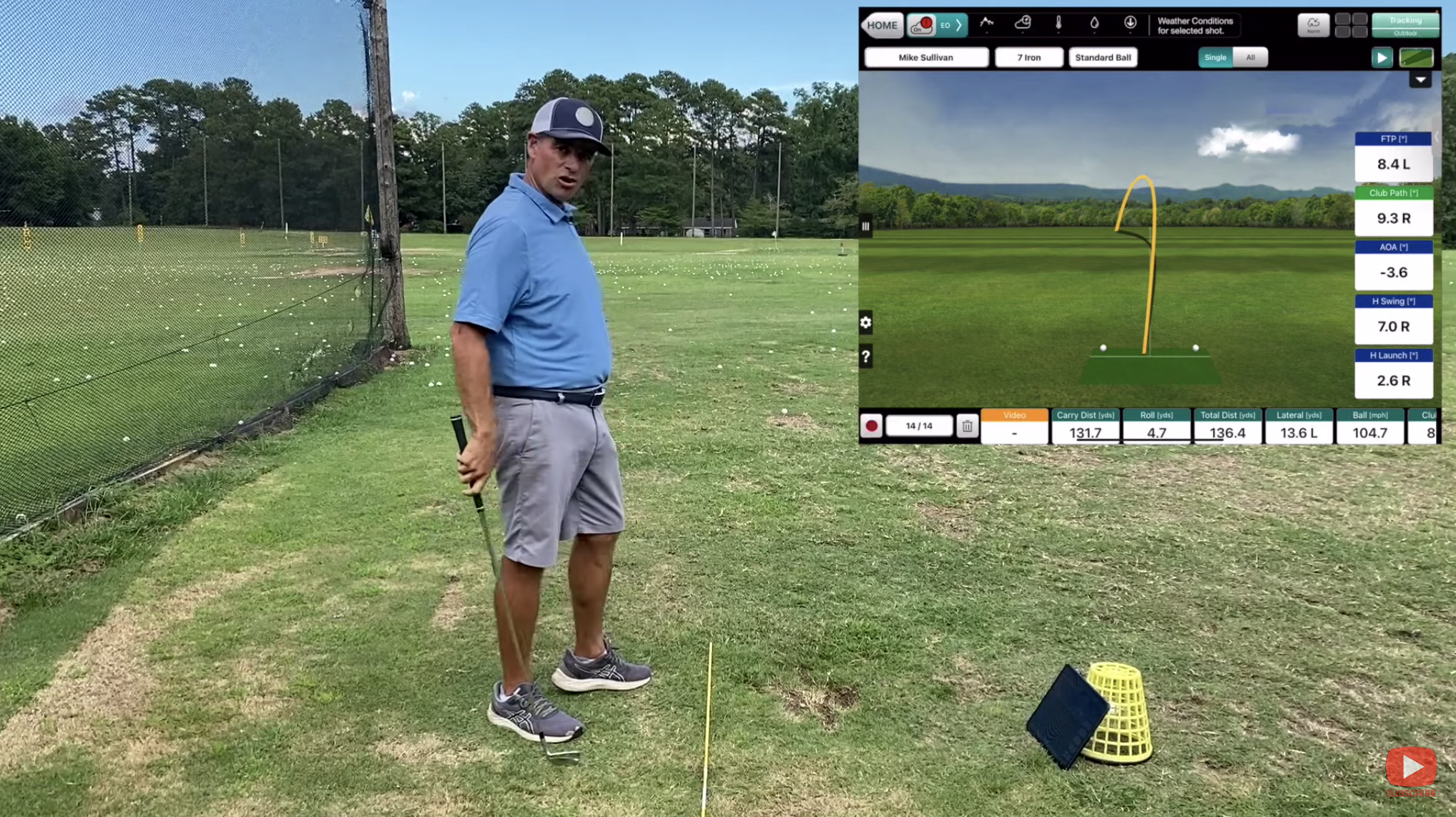Why does the ball draw? Why does it fade?
If you have access to a launch monitor, you will have a lot of data to use to figure these things out. However, most recreational golfers don’t have this kind of technology so I hope to break it down in a way that’s easy to understand.
First, I want to explain the difference between swing direction and swing path. The swing direction is the direction of your swing plane. The swing path is the direction the club is traveling when it makes contact with the ball. So if you are hitting down on a ball (AOA is a negative number), your club path will always be to the right of your swing plane (for a right handed golfer).
So in the context of what we are talking about, angle of attack is really important. There are times, even for me, that the angle of attack (AOA) is inconsistent. So for example, I don’t usually habitually swing the club out to in. But sometimes I hit a drive where it appears that I have pull/hooked the driver and I can see on my launch monitor that I have hit up on the ball too much. When you hit up on the ball, the club is traveling left of your swing direction.
What are we going to do to figure this stuff without having the data on a launch monitor? First, let’s say that you are having trouble with the ball curving to the right. The longer the club, the bigger the curve. So we want to learn to feel the difference between a slice swing and a draw or hook swing. We have to practice exaggerating these swings. Remember, a slice is going to be an open club face with an out to in swing path. A hook swing is going to be a closed club face with an in to out swing path. What you want to eventually be able to do is practice this enough that your slices turn into more of a fade and your hooks turn into more of a draw.
Now have your focus on the club face instead of the swing path. With a pull slice, you want to feel like the hosel of the club is leading the toe at impact so focus for a moment on your club face. Now, focus on closing the club face by feeling like the toe of the club is leading the heel of the club at impact. As you practice these drills, start to notice which one you are better at or which one feels more comfortable to you. With practice, you will become more skillful at hitting these purposely shaped shots. Let me know how that works for you.






